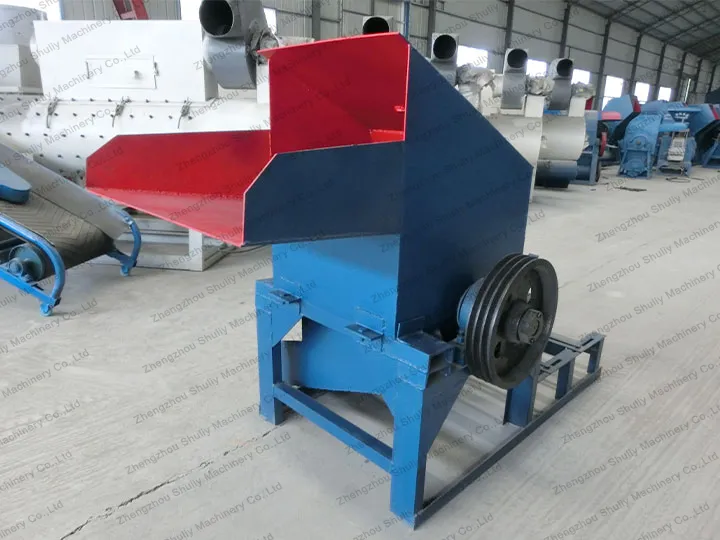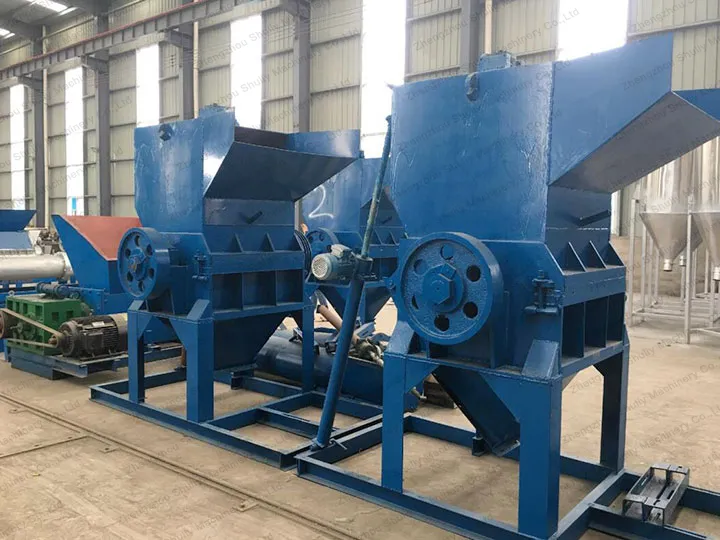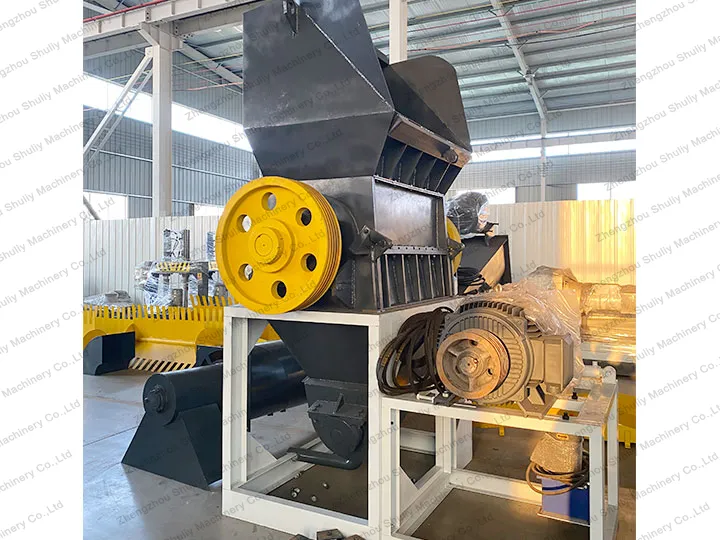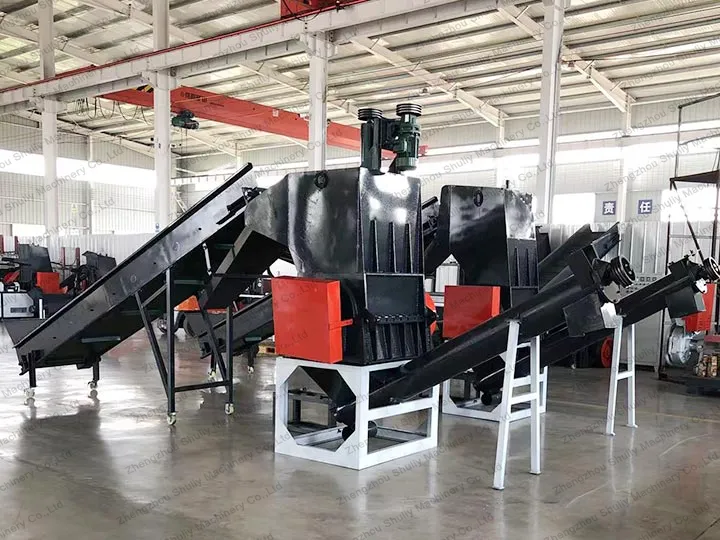A plastic crusher machine is an essential key piece of equipment in the process of plastic recycling and reuse. However, in the process of using it, you may encounter the problem that the water bottle crusher is slow to discharge materials or not discharging materials, which seriously affects the production efficiency. In this article, we will discuss the effective way to solve the problem of slow discharging of plastic crusher machines to ensure the efficient and stable operation of plastic waste crushing machines.
Parameter setting of plastic crusher machine
The parameter setting of the water bottle crusher directly affects its working efficiency. Appropriate parameters such as feed speed, rotational speed, and cutting gap are the key to ensuring the efficient operation of the plastic waste crushing machine. Too high feeding speed may lead to clogging, while too low rotational speed will reduce the crushing efficiency. Correct setting of parameters is the first step to solving the problem of slow feeding of the plastic crusher machine.

Screen aperture of water bottle crusher
The plastic crusher machine is equipped with a screen, and the size of the aperture of the screen directly affects the size of the crushed material. If the aperture of the screen mesh is too small, it will make the fine materials can not pass through the screen mesh, which will cause the slow or no material to be discharged. Appropriate adjustment of the screen aperture can meet the crushing requirements of different plastics, and effectively solve this problem.

Blade distance of plastic crusher machine
The distance between the blades of the plastic waste crushing machine is also an important factor affecting the crushing effect. If the distance between the blades is too small, it may lead to the plastic being stuck and can’t be discharged smoothly. On the contrary, if the distance is too large, it may affect the crushing efficiency. Adjusting the distance between the plastic crusher machine blades to maintain a proper gap will help improve the discharging problem.

